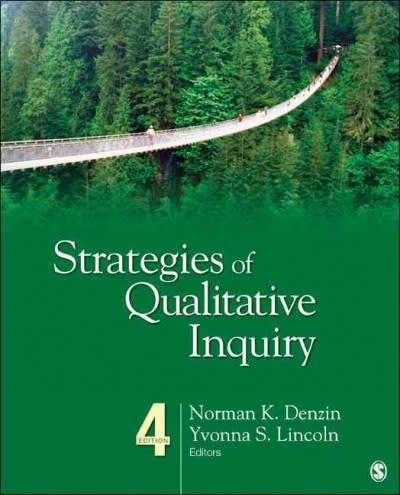Question
Donder's mental chronometry experiment was one of many early studies that showed that a. we can infer mental processes from behavior. b. behaviors should not
Donder's mental chronometry experiment was one of many early studies that showed that
| a. | we can infer mental processes from behavior. | |
| b. | behaviors should not be used to understand mental processes. | |
| c. | we cannot infer mental processes because they are unobservable | |
| d. | response times cannot be used to understand mental processes. |
The fields of physiognomy and phrenology are now considered pseudoscience because the results were not verifiable or reliable. However, they remain an important influence on Cognitive Neuroscience because they
| a. | propose that information is transmitted through an electrical process | |
| b. | introduced the idea of distributed processing. | |
| c. | propose that individual cells transmit signals in the nervous system. | |
| d. | introduced the idea of localization of function. |
Helmholtz's Likelihood Principle suggests that we perceive the world in a way that is
| a. | least likely based on our past experiences. | |
| b. | most likely based on our past experiences. | |
| c. | least likely based on what is in the environment. | |
| d. | most likely based on what is in the environment. |
If you were to hold a pen in each hand, with one held five inches from your face and the other at arm's length, the one closer to your face will look larger, even though they are the same size. This is based on cues from ______.
| a. | top-down processing | |
| b. | the retinal image | |
| c. | a linear perspective | |
| d. | brain functioning |
With respect to the visual system,___________________involves converting light waves that register on the retina into neural signals that can be processed in the brain.
| a. | sensation | |
| b. | perception | |
| c. | transduction | |
| d. | feature integration |
Wowza, the brightness on your computer is set all the way up! This means that your eyes are detecting light waves which have
| a. | higher amplitude. | |
| b. | smaller amplitude. | |
| c. | shorter wavelengths. | |
| d. | longer wavelengths. |
Question 7
We use __________to perceive the size of objects in our environment.
| a. | top-down processing | |
| b. | heuristics | |
| c. | bottom-up processing | |
| d. | both bottom-up and top-down processing |
Question 7
We use __________to perceive the size of objects in our environment.
| a. | top-down processing | |
| b. | heuristics | |
| c. | bottom-up processing | |
| d. | both bottom-up and top-down processing |
Step by Step Solution
There are 3 Steps involved in it
Step: 1

Get Instant Access to Expert-Tailored Solutions
See step-by-step solutions with expert insights and AI powered tools for academic success
Step: 2

Step: 3

Ace Your Homework with AI
Get the answers you need in no time with our AI-driven, step-by-step assistance
Get Started


